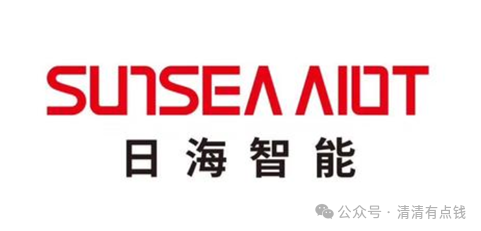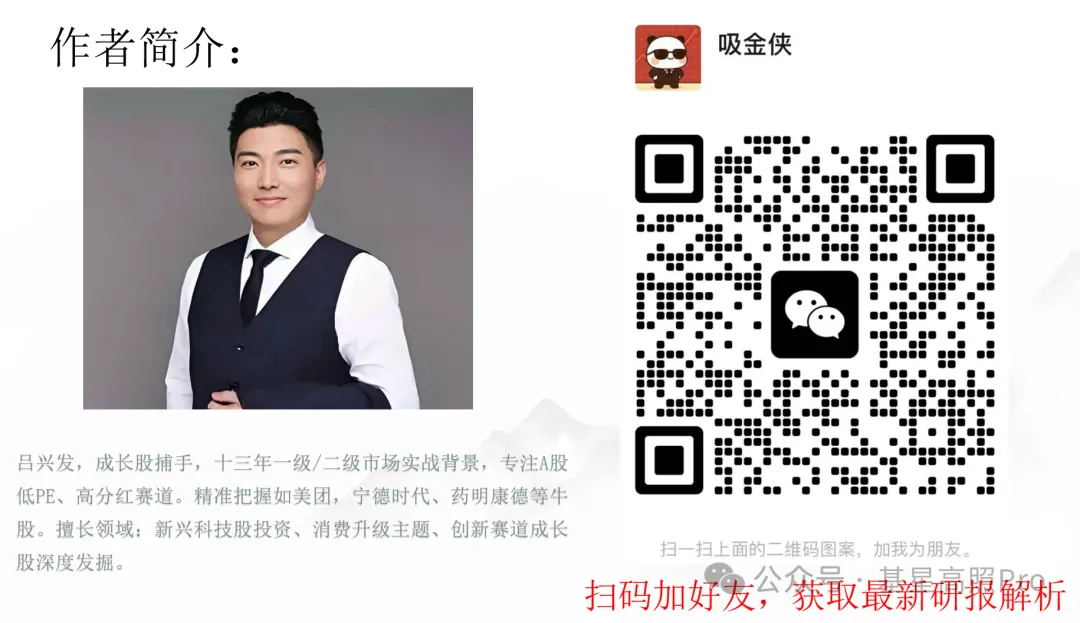1.Corporate Culture: A Balancing Act of “Wolf Spirit” and “Warmth”
The office area of Rihai Intelligent is adorned with slogans like “Focus on Customers, Integrate Innovation, Simple and Sunny.” This is not just empty rhetoric—during the 2021 Henan floods, their technical team worked tirelessly for three days and nights to repair communication base stations, with some employees even spending their own money to support the front lines. This sense of “patriotism” stems from the founder Wang Tengjiao’s early experiences at Huawei.
However, on the business front, Rihai Intelligent’s “wolf spirit” is equally evident. When acquiring Longshang Technology and Xinxun Communication in 2017, the management forced the two teams to complete technical integration within three months to consolidate resources, ultimately doubling the shipment of 5G modules. This corporate culture of “fighting while being warm” has allowed Rihai to retain 80% of its core R&D personnel during the industry’s winter.

2.Industry Position: Surviving in the Cracks as the “Second Brother of Modules”
In the field of IoT modules, Rihai Intelligent is like a “sword sect master” in a martial arts novel—its moves may not be flashy, but they are deadly.
- Top Competitors: Quectel (25% global market share) and Gree (18%), these two companies have driven down gross margins to below 15% through economies of scale.
- Differentiated Advantage: Rihai’s automotive-grade modules (such as SIM66D-R) have passed IATF 16949 certification, supporting centimeter-level positioning, directly entering the supply chains of BYD and NIO.
- Cross-Industry Threats: Huawei’s recently launched 5G RedCap module is priced 12% lower than Rihai’s, but Rihai has built an ecological barrier through its “Cloud + Edge” strategy (in collaboration with Alibaba Cloud).
It is worth mentioning that Rihai’s layout in the AI module field began two years earlier than its peers. The SIM9650L module, set to launch in 2024, integrates a large language model, enabling voice interaction in automotive scenarios, allowing them to capture a share of the smart cockpit market.
3.Technical Gamble: All In on the Life-and-Death Speed of the Internet of Vehicles
The industry is undergoing a dual revolution of “5G + Edge Computing.” Rihai Intelligent’s R&D investment has consistently remained above 7%, and in 2024, they are investing 320 million yuan in AI chip development. Their technology roadmap is frighteningly clear:
- Vehicle-Road Collaboration: The V2X module developed in collaboration with Amap has been implemented in smart traffic projects in Hangzhou and Suzhou, with a single solution cost 20% lower than Huawei’s.
- Industrial IoT: Predictive maintenance solutions for factory equipment have improved fault warning accuracy to 98.5% through edge computing, with clients including Foxconn and CATL.
- 6G Research: Although commercial 6G is still a decade away, Rihai has established a joint laboratory with the Chinese Academy of Sciences, focusing on terahertz communication technology.
However, technological investment also brings risks. The 2024 financial report shows that the company’s R&D expenses increased by 35% year-on-year, while the net profit margin is only -4.5%. This “burning money for the future” model requires continuous capital infusion.
4.Financial Overview: Dancing on the Edge of a Cliff as a “Tightrope Master”
As an experienced stock investor, I am most concerned about “real money.” Rihai Intelligent’s financial statements read like a thriller:
- Revenue Growth: In 2024, revenue reached 2.978 billion yuan, a year-on-year increase of 5.2%, but mainly relying on the module business with a gross margin of 18%.
- Cash Flow: The net cash flow from operating activities is 41.77 million yuan, seemingly positive, but accounts receivable amount to 882 million yuan, accounting for 29.6% of revenue.
- Debt Risk: Short-term loans amount to 1.23 billion yuan, while cash and cash equivalents are only 210 million yuan, creating immense repayment pressure.
However, one detail is worth noting: after the Zhuhai State-owned Assets Supervision and Administration Commission increased its stake in 2024, the company secured a 500 million yuan low-interest loan, buying time for technological research and development.
5.Future Bets: A Grand Gamble on “National Fortune”
Rihai Intelligent’s strategy is clear: to bind itself to the two major tracks of new energy vehicles and industrial internet.
- Internet of Vehicles: Plans to ship 5 million automotive-grade modules by 2025, aiming to capture 15% of the domestic market share.
- Overseas Expansion: Establishing factories in India and Vietnam to avoid Sino-US trade frictions, with overseas revenue expected to account for 28% in 2024.
- Policy Dividends: Deeply participating in the “East Data West Calculation” project, with data center solutions already implemented in Guizhou and Gansu.
However, risks also exist:
- Price Wars: Quectel is replicating the “Xiaomi model” by capturing the market through low prices.
- Technological Iteration: 6G may disrupt the existing module landscape; can Rihai sustain its R&D investment?
- Geopolitical Issues: Supply chain security for overseas factories, especially for chips.
6.Capital Trends: Institutional “Shadow Wars” and Retail Investors’ “Frenzy”
From the data on the stock market, institutions are engaged in a “bull-bear game”:
- Northbound Capital: In the fourth quarter of 2024, northbound capital increased its holdings in Rihai Intelligent by 1.24 million shares, with UBS AG and Goldman Sachs becoming top ten shareholders.
- Speculative Capital Movements: On April 23, 2025, the stock price hit the limit up, backed by Huatai Securities’ Shenzhen Yitian Road branch buying 120 million yuan worth of shares.
- Retail Investor Sentiment: Discussions in stock forums about “doubling” and “benchmarking Huawei” are rampant, often signaling a short-term peak.
It is worth noting that despite the increase in institutional holdings, no brokerage has issued a rating report in the past 60 days. This “silent optimism” makes me feel uneasy.

Disclaimer
This article is a personal diary and does not constitute investment advice. All views expressed in this article are solely my own and do not have any guiding significance.